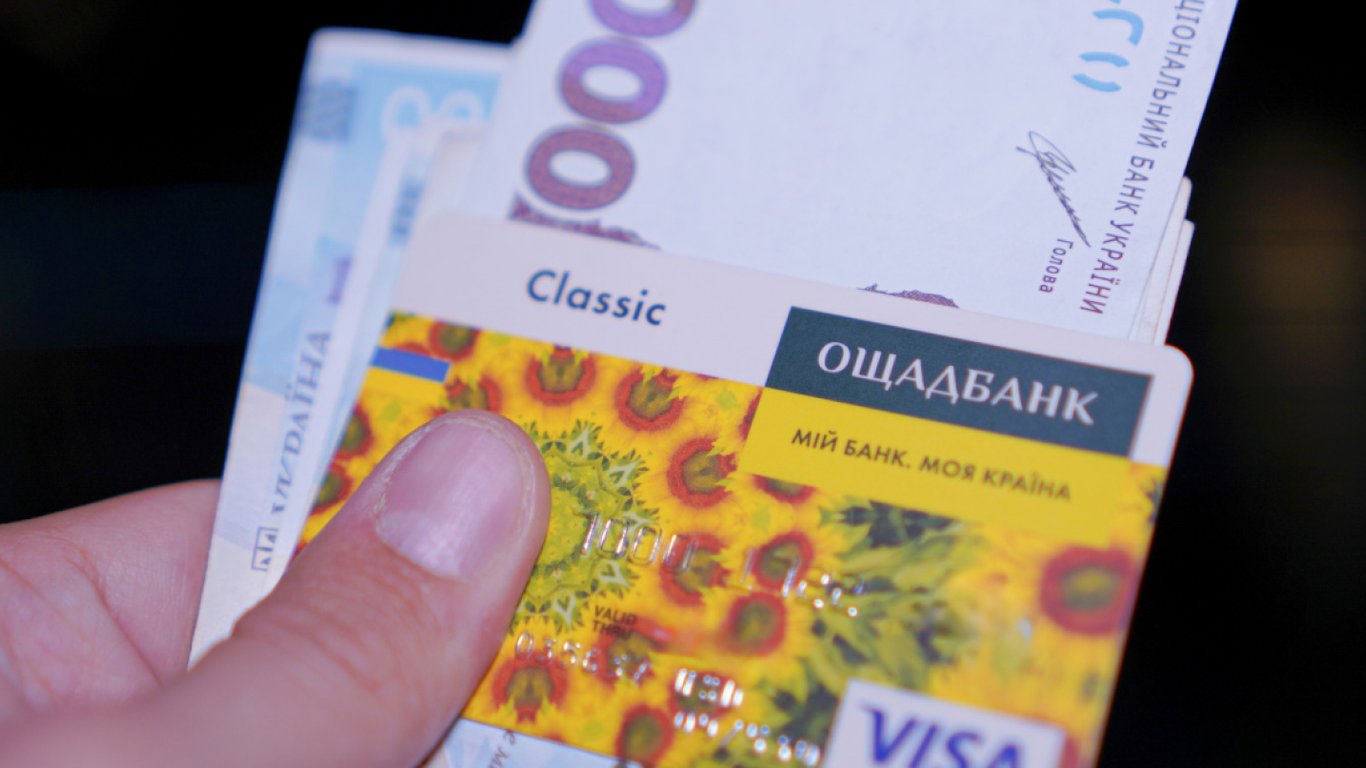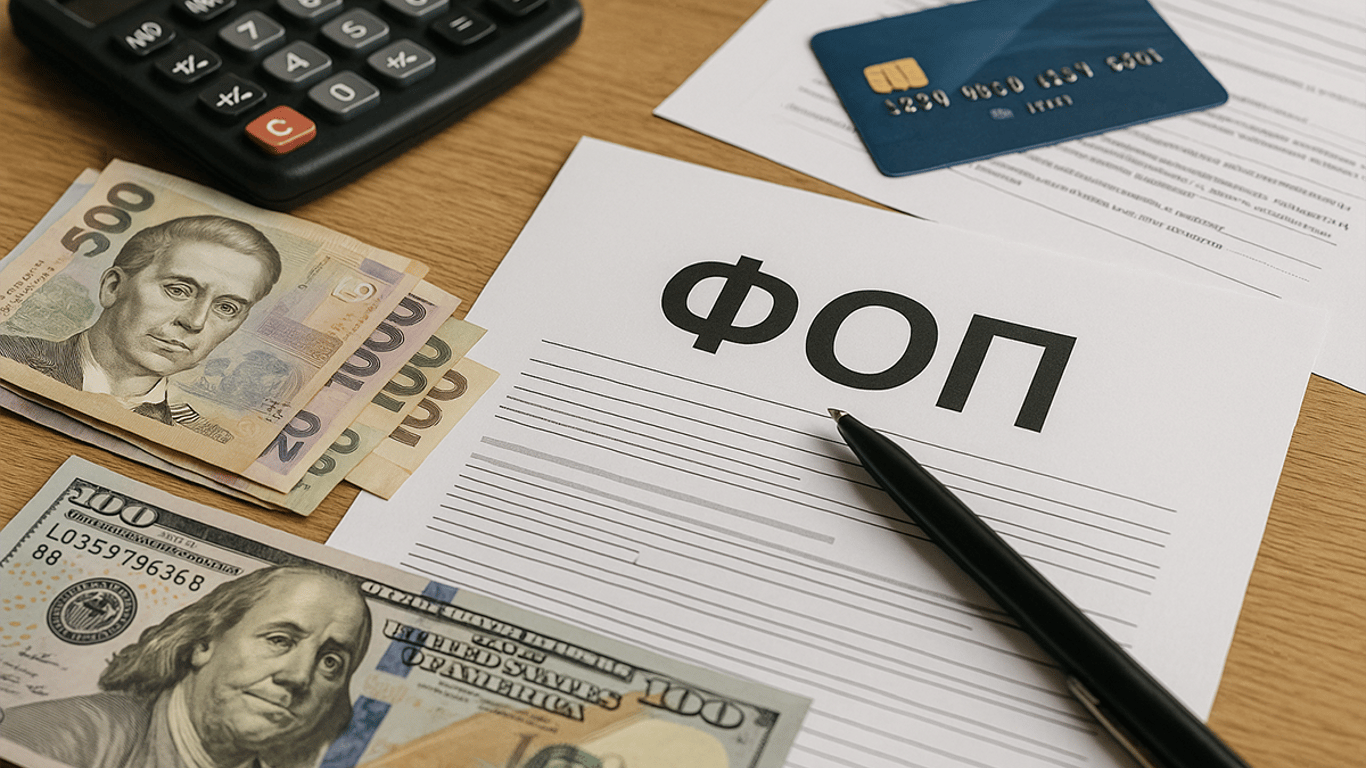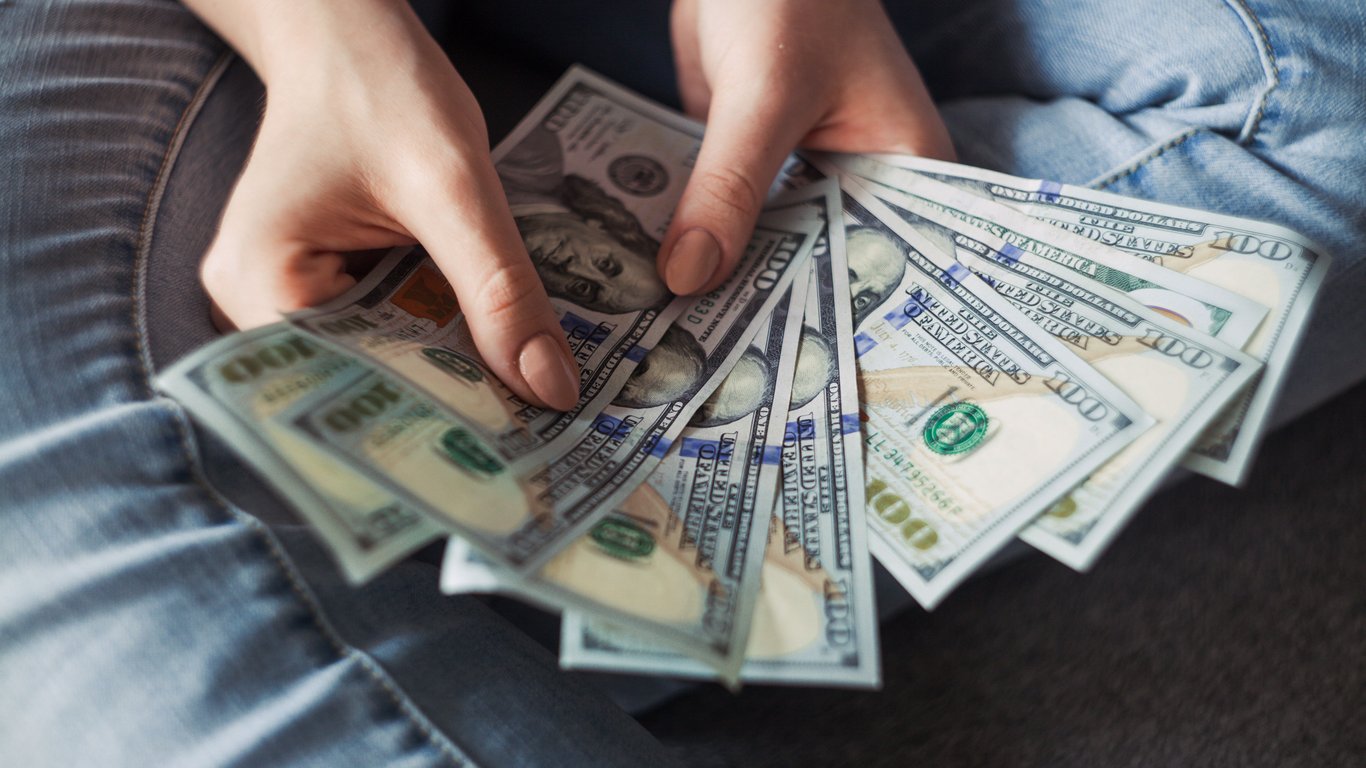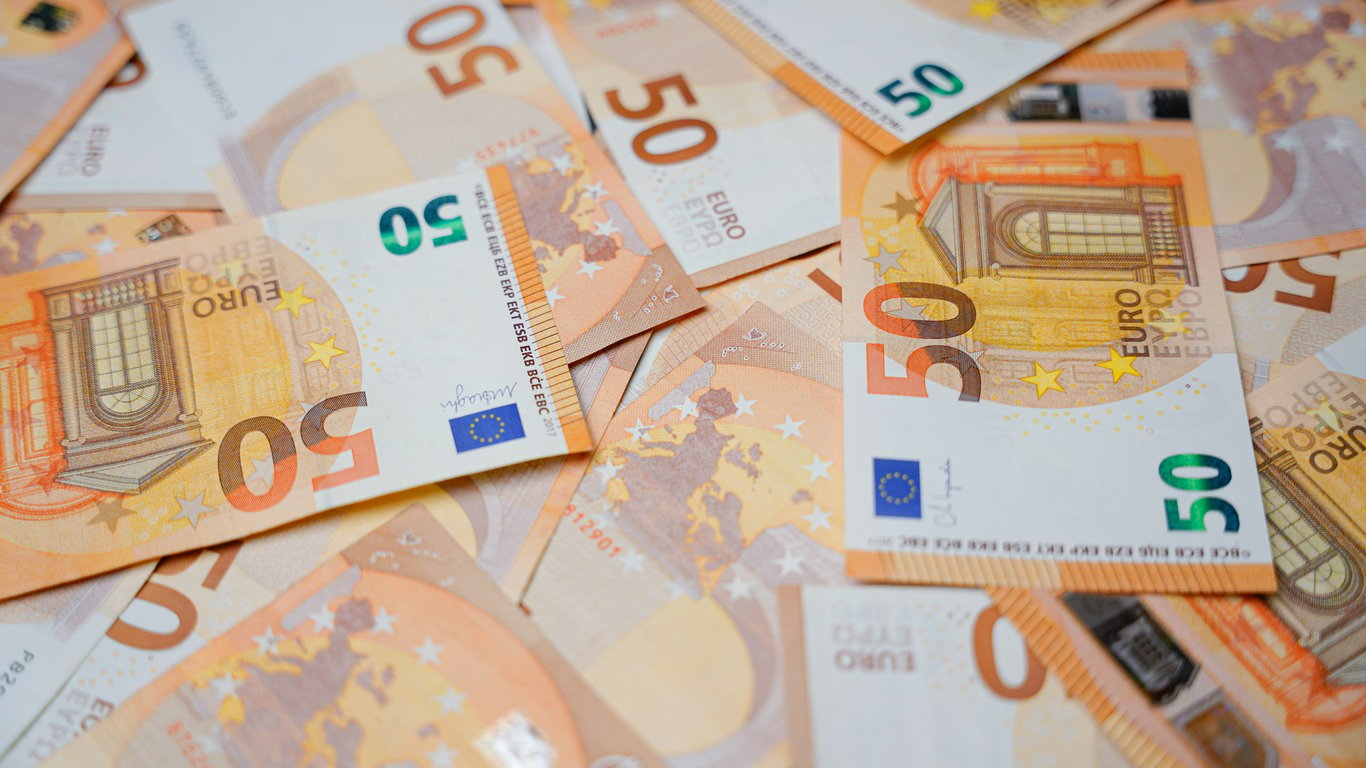What is hyperinflation.

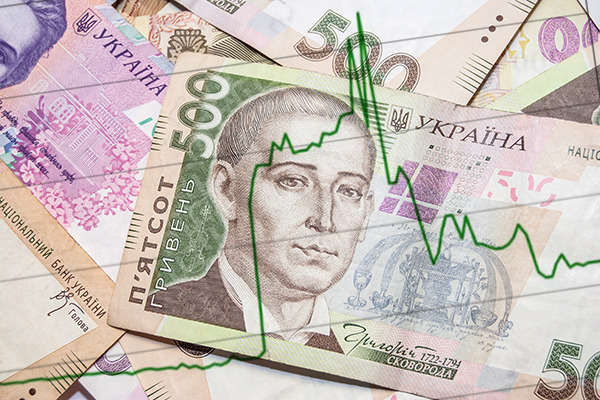
The financial system is not as simple as it may seem at first glance. For a country’s economy to function, many parallel processes must be in place. Inflation or hyperinflation is important.
In general, understanding what hyperinflation is, what it is, and how it works will be useful for everyone. After all, hyperinflation is an important process, and being able to recognize its signs is also beneficial.
What is hyperinflation and how is it different from inflation?
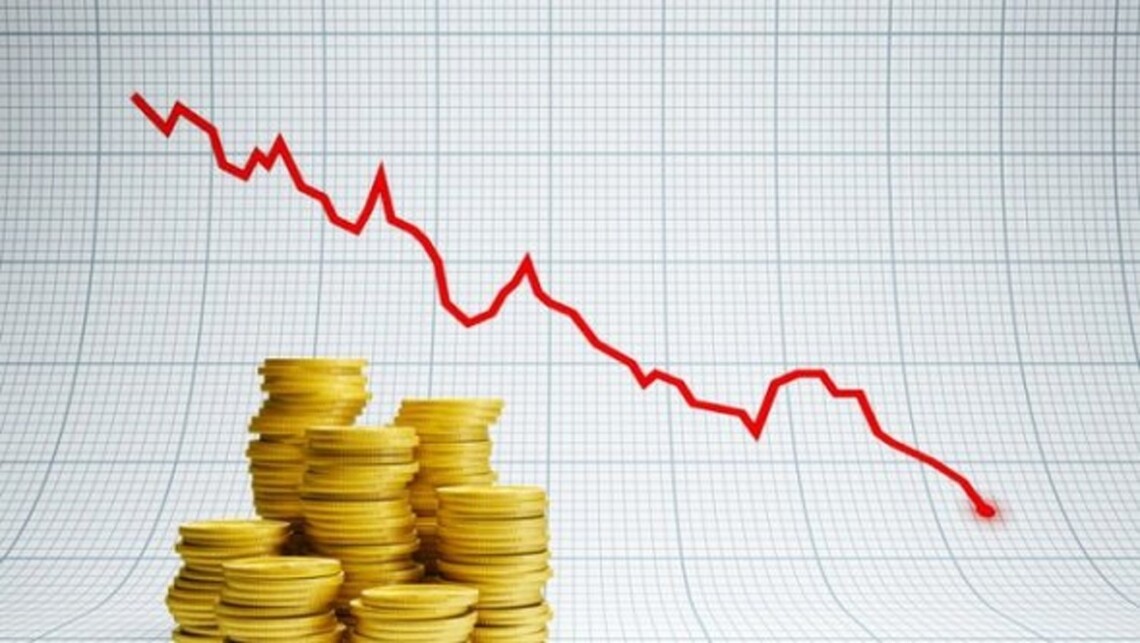
Let’s start by defining what hyperinflation is and how it differs from inflation. Thus, hyperinflation is a phenomenon where the prices of goods and services begin to rise rapidly while the value of money falls sharply. In other words, it is accelerated inflation. This economic phenomenon is rare, but its consequences can be extremely devastating for a country’s economy and the well-being of its citizens. That is, this process may seem positive for citizens, but in the long run, it is not.
In comparison, inflation is the process where overall prices (for goods and services) rise. This process is gradual but noticeable. For example, if inflation in a country is 3% per year, it means that in a year, the prices of goods and services will be, on average, 3% higher.
As for hyperinflation, it is inflation that occurs rapidly. That is, the jump is greater in percentage terms, and the overall process happens much faster. Under such conditions, money loses its purchasing power very quickly, leading to an economic catastrophe. In other words, the economy of a country can endure regular inflation, but hyperinflation causes more harm.
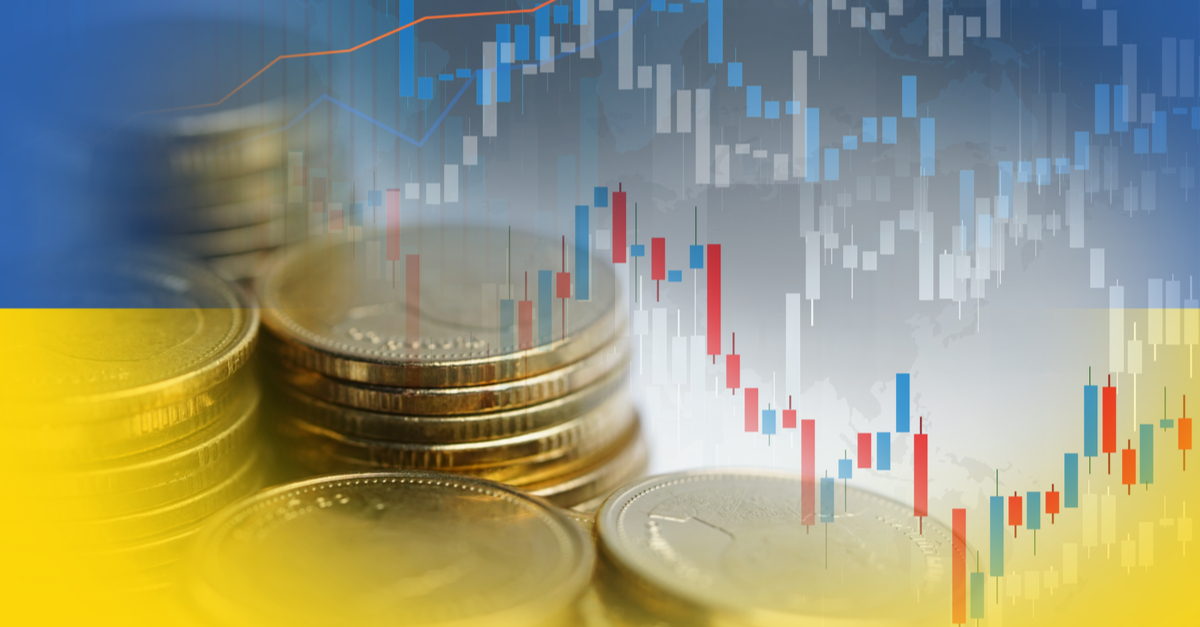
According to economists, hyperinflation begins when the inflation rate exceeds 50% per month. This means that over the course of a year, prices can multiply many times over. Thus, an ordinary citizen experiences this momentarily and sharply.
Why does hyperinflation occur?
Hyperinflation, like inflation, always has its causes. These are very important if one needs to prevent the recurrence of this phenomenon. Hyperinflation does not arise without a clear reason. Generally, several causes must converge simultaneously for this to happen. Usually, a single cause is not enough.
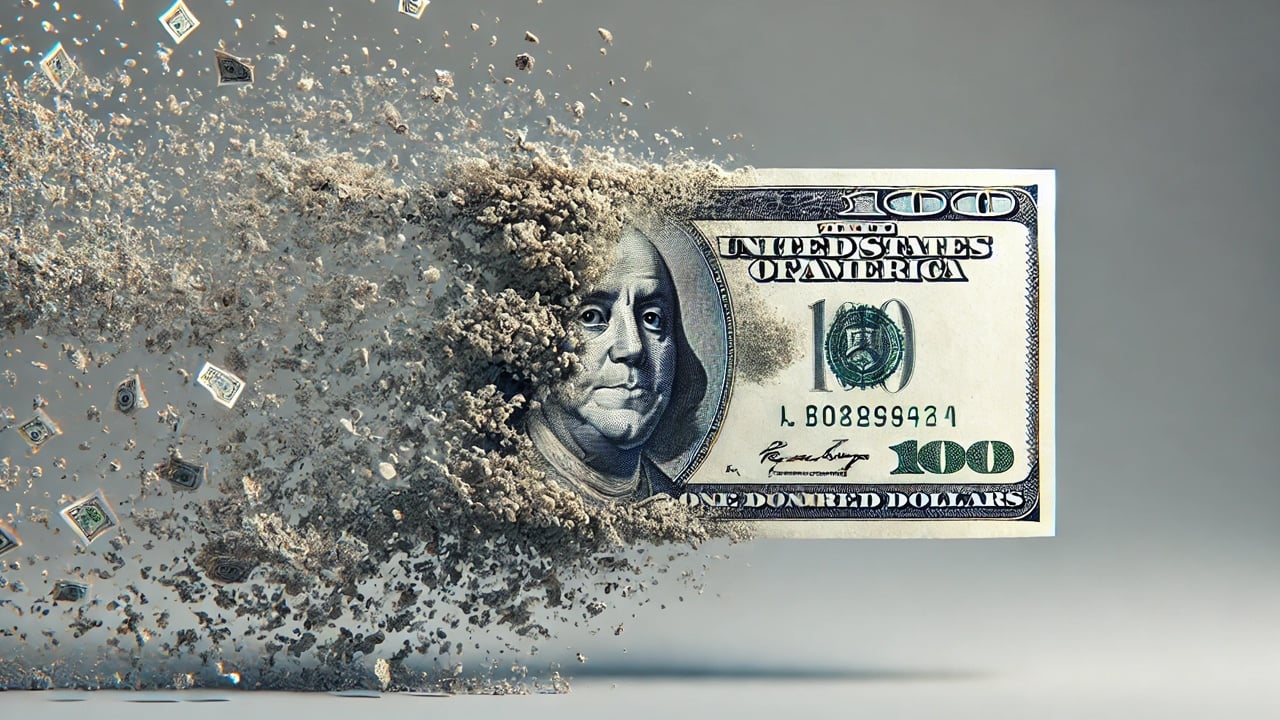
The main causes of hyperinflation:
-
Uncontrolled money emission. One of the main causes of hyperinflation is excessive emission (printing) of money by the country’s central bank. When the government prints more money than the economy can absorb, the quantity on the market sharply increases. As a result, each individual banknote loses its value. For instance, if a country is experiencing economic problems, the government decides to start printing more money. Thus, there is more money (physically), but this leads to rapid inflation. Without real economic growth, this only results in currency devaluation.
-
Loss of trust in the national currency. Hyperinflation often occurs when the population and international investors lose trust in the national currency. This can happen due to political instability, ineffective economic management, or external sanctions. Citizens begin to get rid of the national currency because it has no value. They start buying more foreign currencies, gold, and assets.
-
Crises in the economy and politics. Hyperinflation can be triggered by political or economic crises. For example, war, revolution, or radical economic reforms can devastate a country’s economy and lead to a sharp decline in trust in money and government.
-
High external debt. Some countries, especially those with high external debt, may face hyperinflation if they cannot service their debts. In such a situation, the government starts printing more money, as payments on obligations must be met. This is precisely how hyperinflation arises.
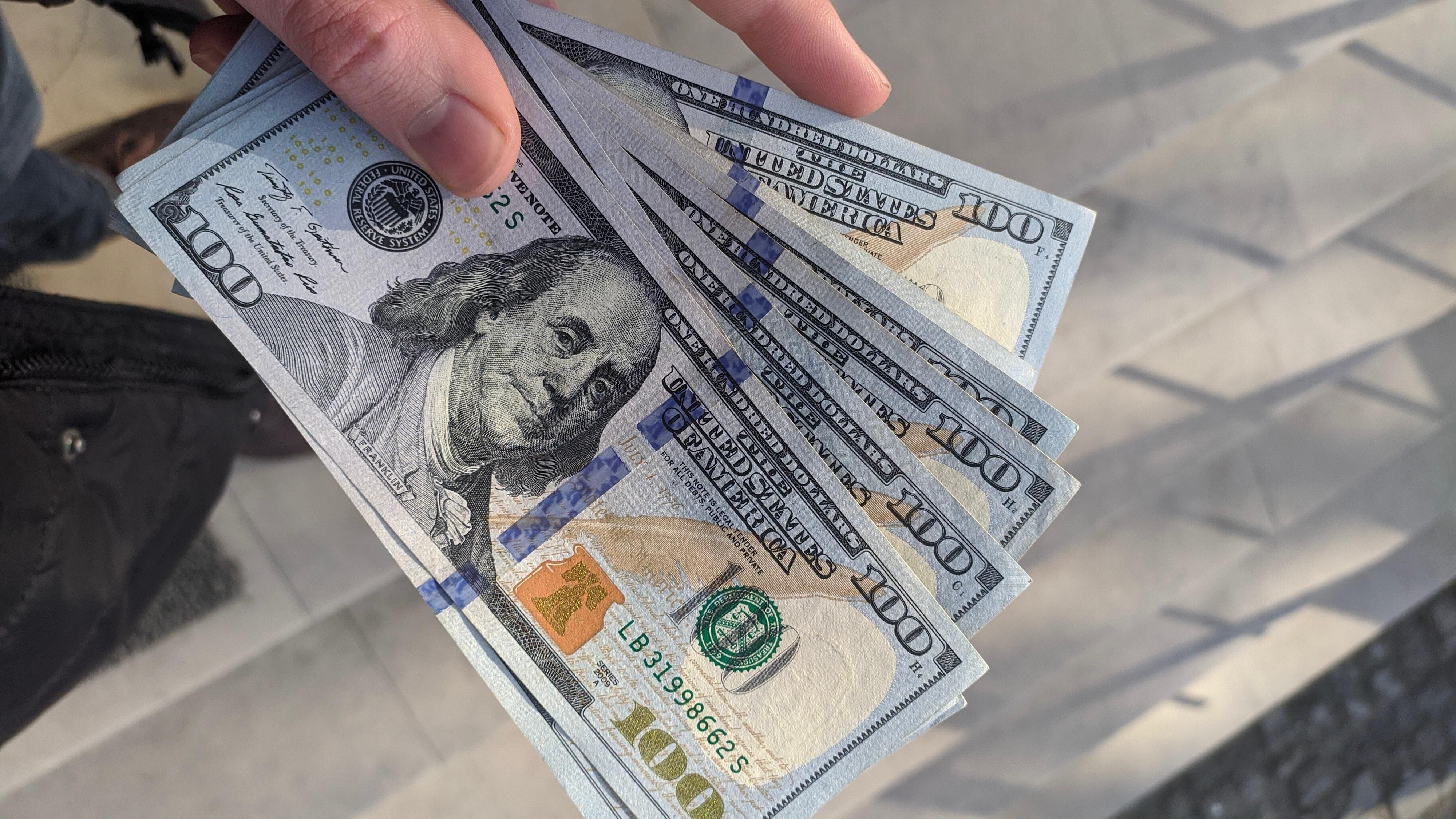
Overall, such circumstances do not arise very often.
What are the consequences of hyperinflation?
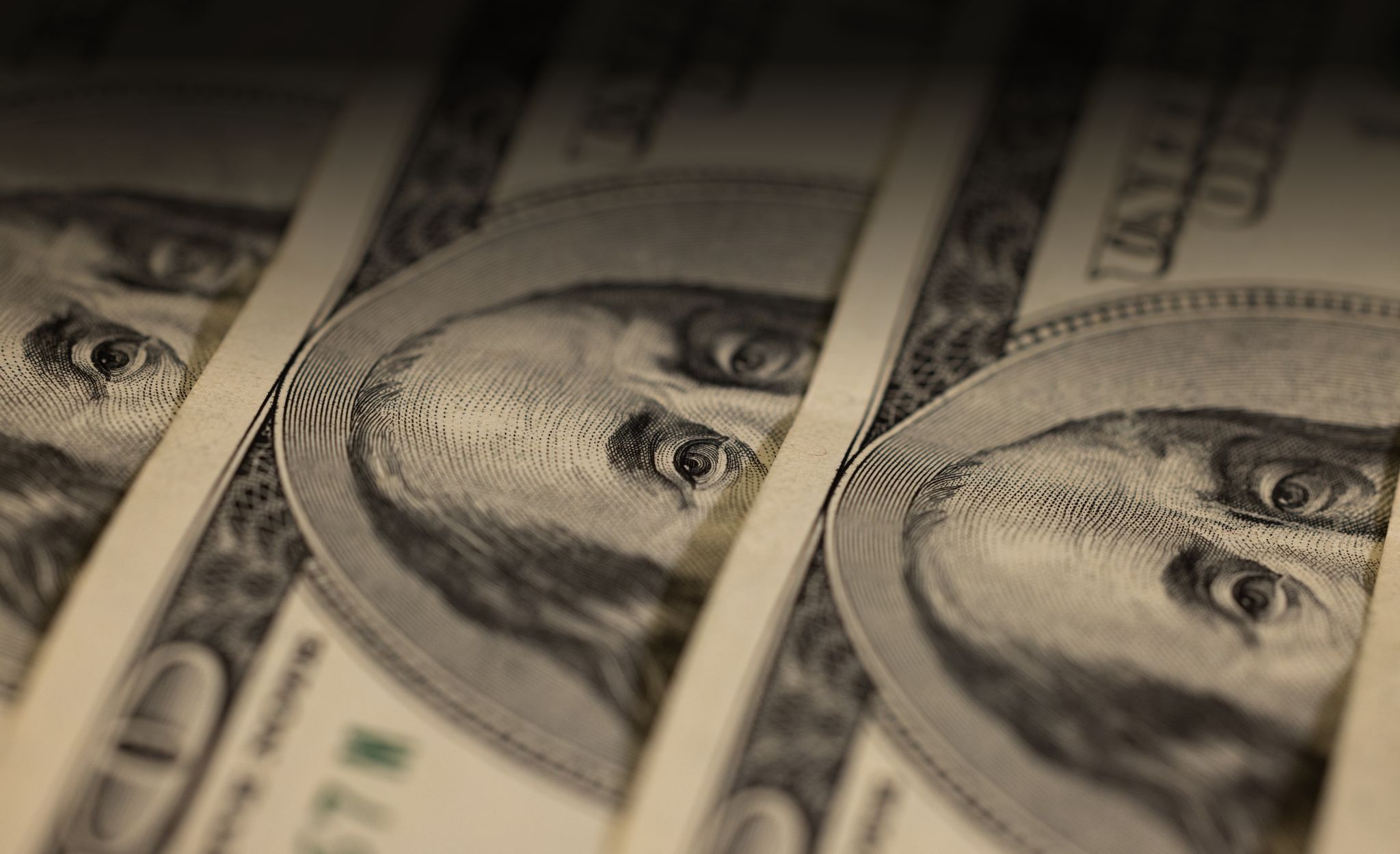
So, hyperinflation has its own swift consequences. They can be incredibly dangerous for the country and its citizens.
What hyperinflation brings with it:
-
Decline in purchasing power. When hyperinflation peaks, money devalues so quickly that people's salaries and savings lose their value in just a few days. People may receive money for work, but by the Time they go to the store, their earnings are already worth nothing.
-
Development of alternative currencies. In conditions of hyperinflation, people often stop using the national currency and switch to barter (exchanging goods without money) or start using foreign currencies for transactions. For example, in many countries experiencing hyperinflation, the US dollar becomes the primary currency for trade.
-
Consequences in social protection and even political consequences. Hyperinflation often leads to social unrest and political crises. People dissatisfied with the devaluation of their wages and savings begin to protest against the government. This can lead to changes in power, revolutions, or even civil wars.
Overall, an economic collapse may begin in the country.
Read also
- Insurance Experience for Pension — How Much Must Be Paid in 2025
- The procedure of financial monitoring at Oschadbank — when cards are unblocked
- Mobilized individual entrepreneurs are exempt from taxes - details from the State Tax Service
- New Rules at Ukrposhta - What Has Changed for Ukrainians
- How much money in the account indicates wealth — an amount in 2025
- Popular currency - in which countries can you pay in euros

